I’ve been wanting to do a series on Italian rapier according to Francesco Ferdinando Alfieri for a while. My plan was to do a video series this summer, but COVID-19 had other plans.
I still plan on doing that series of video interpretations but until we can all hangout again, I figure I could do some basic blog posts with photos.
So we’ll start off simple with the parts of the sword and how to stand, according to Alfieri.
I’m using two translations of Alfieri’s manual, La Scherma. The first is translated by Piermarco Terminiello; the other by Tom Leoni. Both are great translators, but there is significant differences in their translations in a few spots. I did a research paper into it earlier this year. I also think reading multiple translations is a great way to get a better idea of the “spirit” of what a master is trying to say. Don’t read just one book if you can help it.
Parts of the Sword
To start, let’s quickly look at the parts of a rapier, according to Alfieri.

Alfieri divides the sword into three general parts:
- Forte. This is from the hilt to 2 (the natural end of the forte)
- Temperato (the mezza spada aka the mid-sword). This is 3 on the sword.
- Debole. This is from the tip of the sword to 4 (the natural end of the debole)
The temperato is broken down a little further. Between 2-3 is the forte temperato and between 3-4 is the debole temperato. For simplicity, these can be both included into forte and debole, respectively.

Other things to note about the sword:
- Forte is used for defense; Debole is used for offense.
- Cuts can come from the first third of the blade (debole & debole temperato, between E & D)
- True Edge (dritto) faces the knuckle guard; False Edge (falso) is the opposite side
- True Flat (dritto) faces back of the hand; False Flat (falso) faces the palm
Anatomy of the Stance

Next, let’s look at how Alfieri describes how one should stand.
Arm. Neither too extended (weak) nor too withdrawn (too far away from opponent).
Legs. The step should be a “natural stride” aka neither too wide nor too narrow.
- Weight over the back foot.
- When leaning back, your thigh & shins of your leading leg create almost a straight line.
Body. “Gathered and a little bent” or “curved forward” to make you a smaller target & provide power for the thrust.
- Alfieri shows both a leaned back stance and forward lean stance in his illustrations. This is pretty similar to what we see in other 17th Century masters like Capoferro and Giganti. Both seem to be valid in his version of the Italian system.
The Head.
- When leaning back, your head should be over your off-side shoulder. This means if you’re a righty, your head should be over your left shoulder.
- When leaning forward, your head should be over your sword shoulder. This means if you’re a righty, your head should be over your right shoulder.
- Head should not turn away when lunging. Alfieri wants you to be able to see your opponent & their weapon should something go wrong with your attack.
Where to look (at the same time):
- Primary: At your opponent’s sword point & sword-hand
- Secondary: The opponent’s opening you wish to strike
The Off-Hand. The open off-hand should be kept above the shoulder or “held free and nimble.”
“Avoid the extremes.” In general, Alfieri teaches moderation in both the stance and the lunge. We see this when he describes the placement of the sword-arm (neither too extended or too withdrawn) as well as the stance (a “natural stride” neither too far or too narrow).
Furthermore, Alfieri says this stances allows to exert force in the lunge and easily recover; quick and easy movement of foot; adequately covered by your weapons.
Next up, we’ll look at the single rapier guards. Stay tuned!
DONATE: If you liked this blog post and my other content, please consider donating to the cause so I can pay bills and continue to be able to conduct historical martial arts research. https://www.paypal.me/thetavernknight








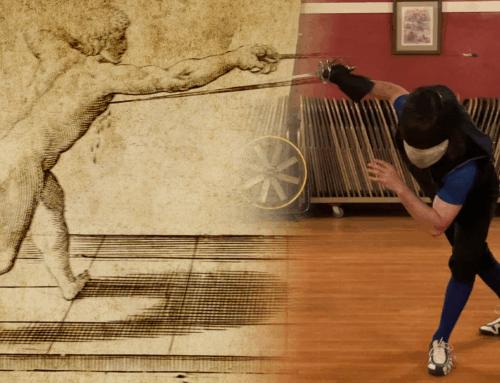
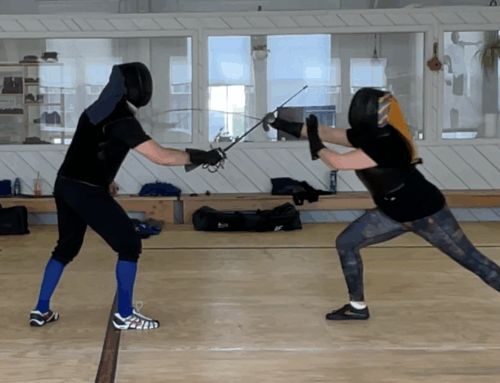
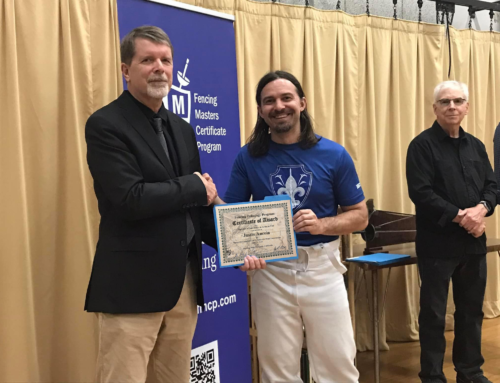
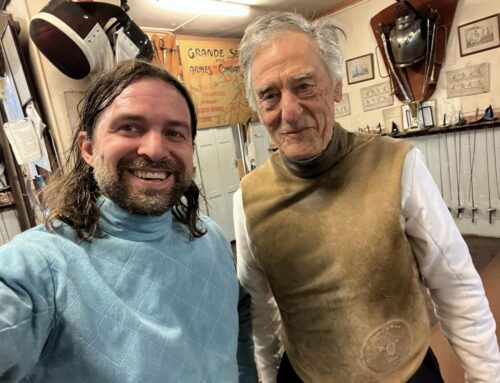
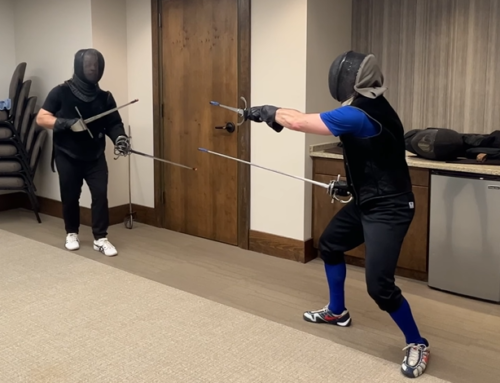
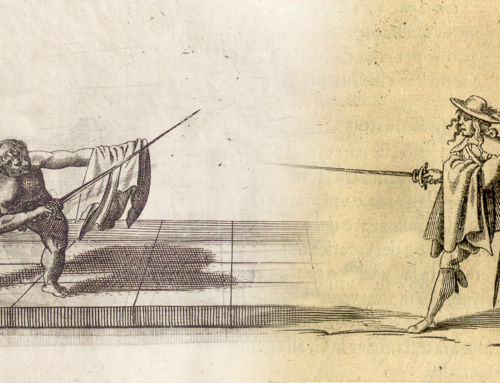
Reblogged this on ineffable correspondence and commented:
Great look at the fencing master Alfieri.
Thanks 😀